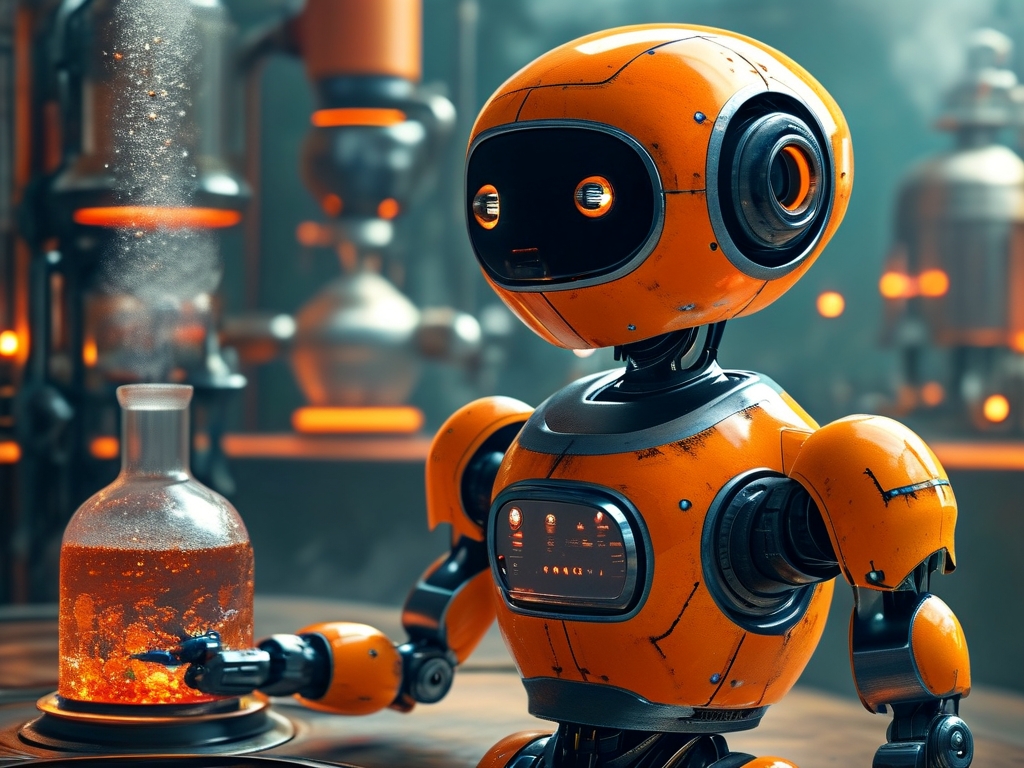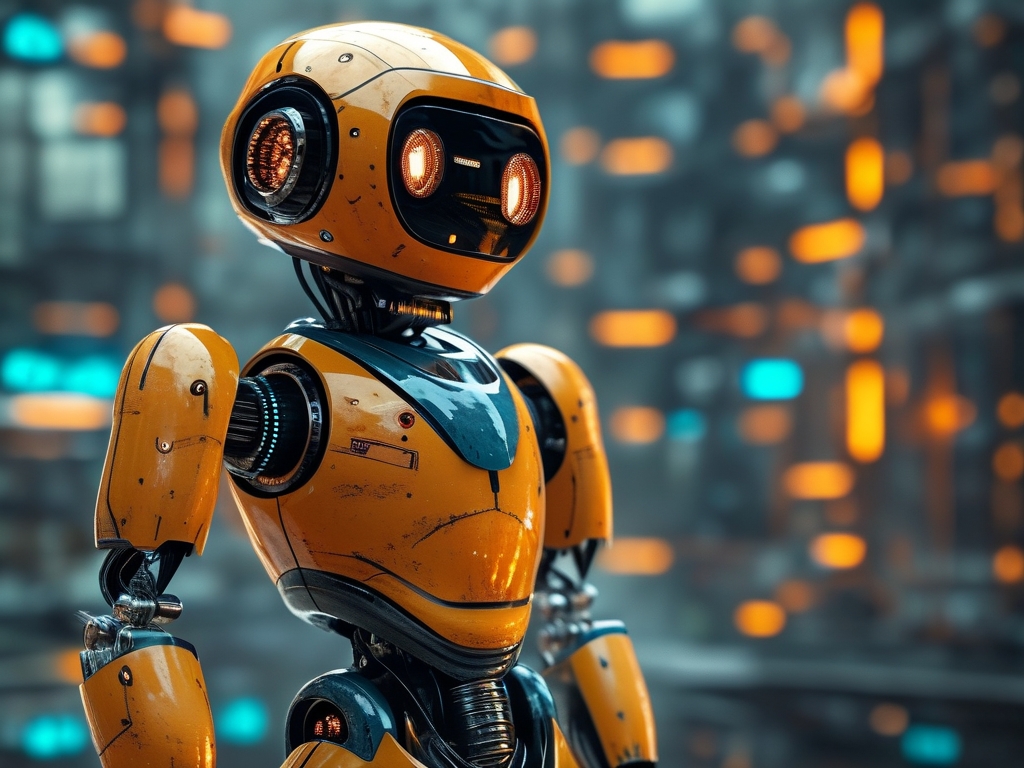In recent years, advancements in robotics and artificial intelligence have paved the way for groundbreaking innovations across industries. Among these, robotic distillation technology stands out as a transformative force, redefining efficiency, accuracy, and scalability in chemical processing, manufacturing, and beyond. This article explores the principles, applications, and future potential of this cutting-edge technology.
Understanding Robotic Distillation Technology
Robotic distillation refers to the integration of autonomous robotic systems with traditional distillation processes. Distillation, a method used to separate mixtures based on differences in volatilities, has long been a cornerstone of industries like petrochemicals, pharmaceuticals, and food production. However, manual or semi-automated distillation systems often face limitations in precision, repeatability, and adaptability to dynamic conditions.
Robotic distillation addresses these challenges by leveraging AI-driven robots equipped with advanced sensors, machine learning algorithms, and real-time data analytics. These systems autonomously monitor variables such as temperature, pressure, and chemical composition, adjusting parameters instantaneously to optimize output quality and energy efficiency. For example, in a pharmaceutical lab, a robotic distillation unit could detect impurities in real time and recalibrate heating levels to ensure ultra-pure end products.
Key Applications Across Industries
-
Chemical and Petrochemical Manufacturing
Traditional distillation towers require constant human oversight and are prone to inefficiencies due to fluctuating raw material quality. Robotic distillation systems enable continuous, closed-loop operations, reducing waste and minimizing downtime. Companies like BASF and Dow Chemical have reported 20–30% improvements in yield after adopting these systems. -
Pharmaceuticals
Precision is non-negotiable in drug synthesis. Robotic distillation ensures consistent purity levels for active pharmaceutical ingredients (APIs), critical for regulatory compliance. Moreover, AI-powered robots can replicate complex distillation protocols with zero deviation, accelerating R&D cycles for new medications.
-
Food and Beverage Production
From alcohol distillation to essential oil extraction, robotic systems enhance flavor consistency and safety. For instance, craft breweries use robotic distillation to maintain exact ethanol concentrations, while essential oil producers achieve higher terpene retention rates through AI-optimized temperature control. -
Environmental Remediation
Robotic distillation is increasingly deployed in wastewater treatment and solvent recovery. Autonomous systems can isolate hazardous contaminants more effectively than conventional methods, reducing environmental impact and operational costs.
Advantages Over Conventional Methods
- Precision and Consistency: Human error is eliminated, ensuring batch-to-batch uniformity.
- Energy Efficiency: Machine learning algorithms optimize heat and energy use, cutting carbon footprints by up to 40%.
- Scalability: Modular robotic units can be rapidly reconfigured for different tasks, ideal for small-batch and large-scale production alike.
- Safety: Robots handle toxic or volatile substances, minimizing workplace hazards.
Challenges and Limitations
Despite its promise, robotic distillation faces hurdles. High upfront costs for AI infrastructure and robotics remain a barrier for small enterprises. Additionally, integrating these systems with legacy equipment requires specialized expertise. Cybersecurity risks also loom large, as connected industrial robots become targets for malicious attacks.
Ethical concerns, such as workforce displacement, cannot be ignored. While robotic distillation reduces reliance on manual labor, it simultaneously demands skilled technicians to manage and maintain these systems. Governments and industries must collaborate on reskilling programs to mitigate employment disruptions.
The Future of Robotic Distillation
Emerging trends suggest a fusion of robotic distillation with other Industry 4.0 technologies. For instance, combining it with blockchain could enable transparent supply chain tracking for distilled products. Meanwhile, quantum computing may unlock unprecedented optimization capabilities, enabling real-time modeling of complex chemical interactions.
Researchers are also exploring miniaturized robotic distillation units for decentralized applications. Imagine portable robots purifying water in disaster zones or synthesizing biofuels in remote areas—this could democratize access to critical resources.
Robotic distillation technology represents a paradigm shift in industrial automation. By marrying the precision of robotics with the science of separation processes, it unlocks new levels of efficiency, sustainability, and innovation. While challenges persist, the technology’s potential to reshape industries—from chemicals to healthcare—is undeniable. As adoption grows, stakeholders must prioritize ethical frameworks and equitable access to ensure its benefits are universally shared.
In the coming decade, robotic distillation may well become as ubiquitous as the steam engine once was, propelling humanity into a new era of industrial excellence.



